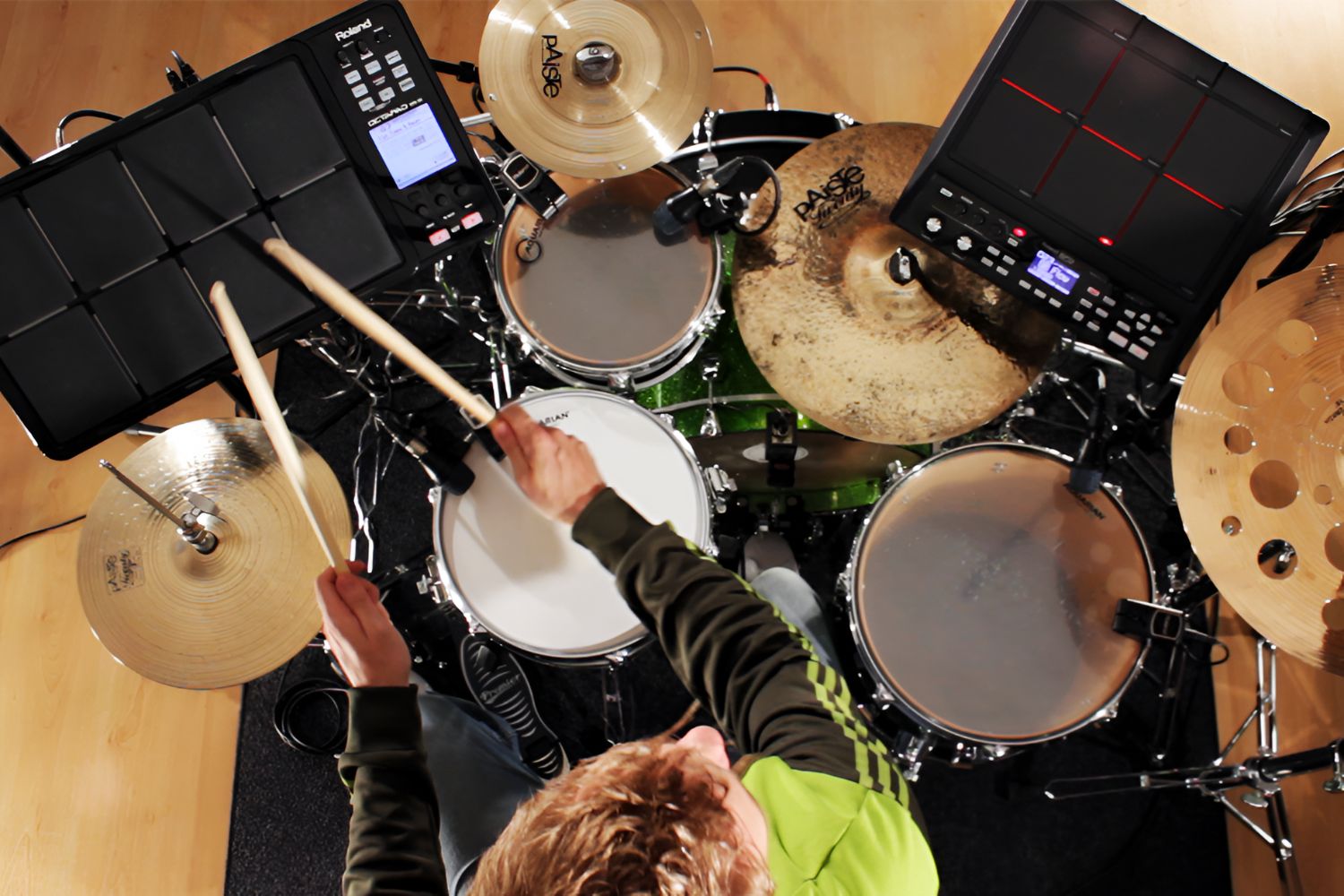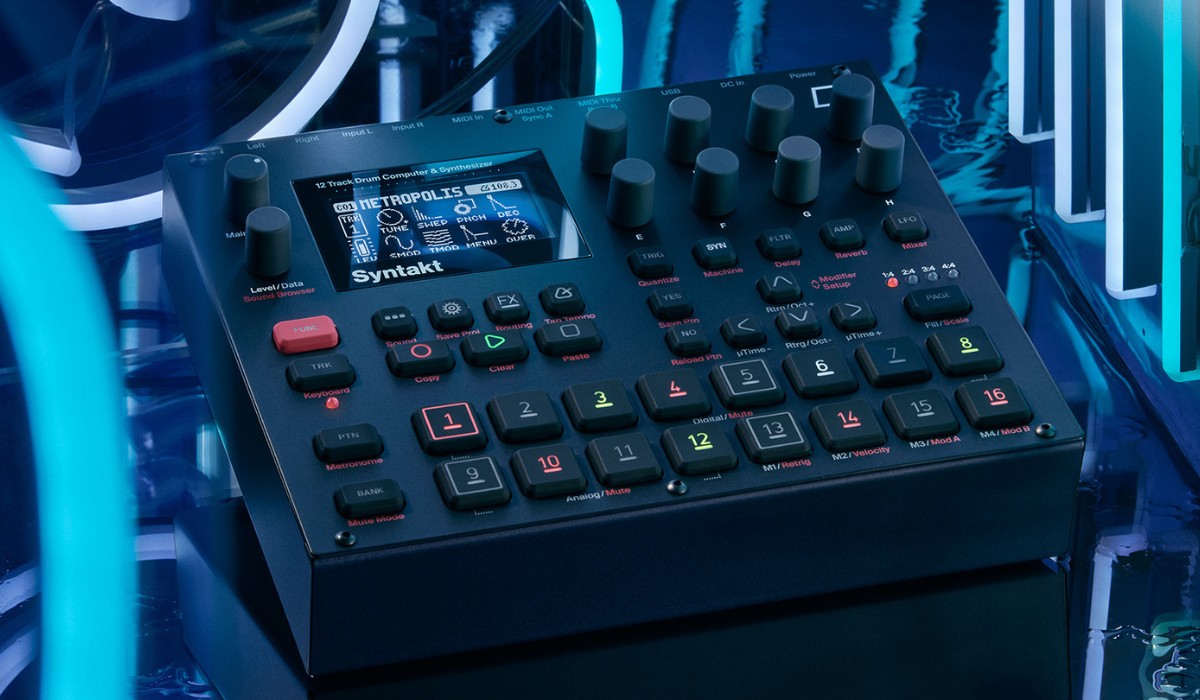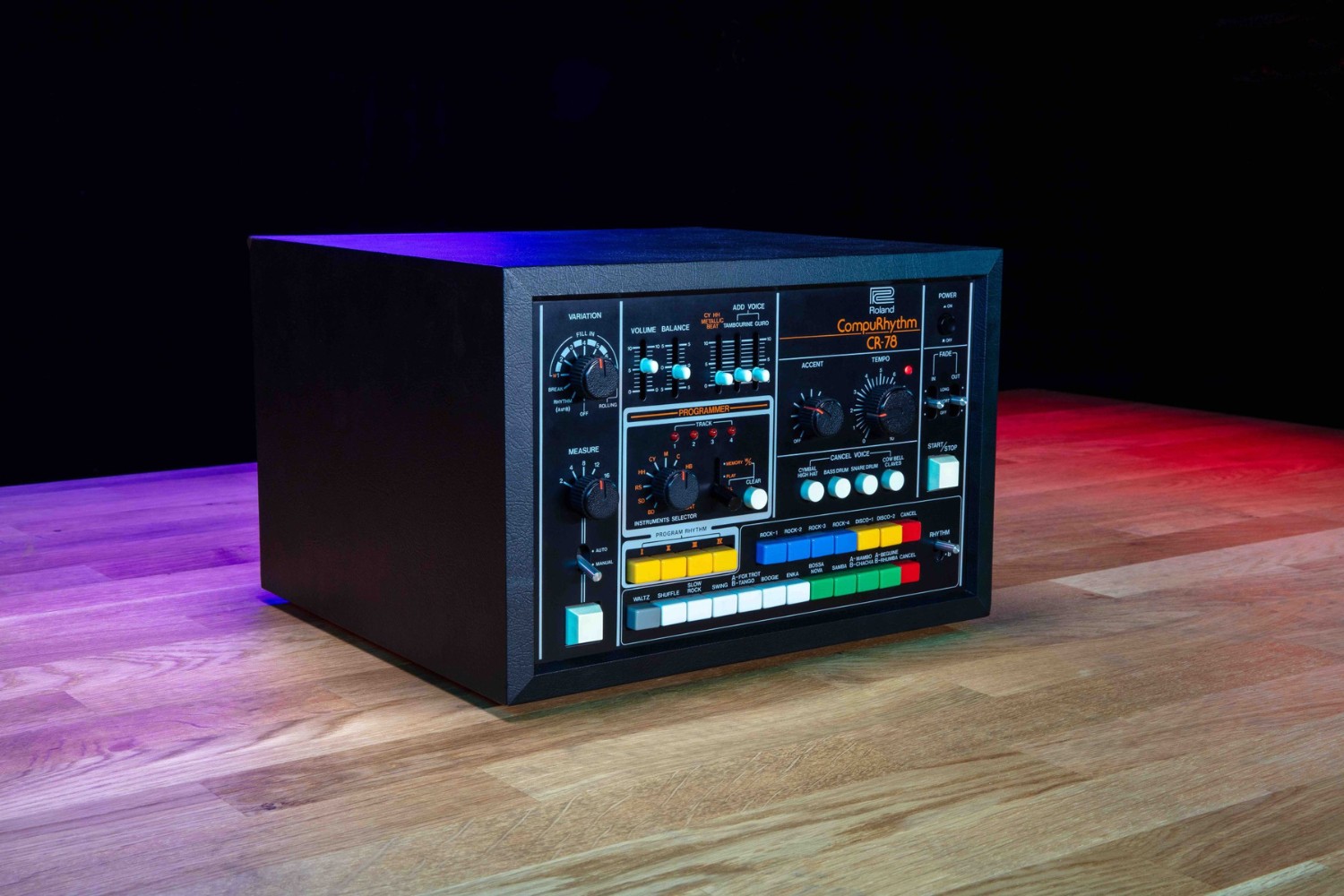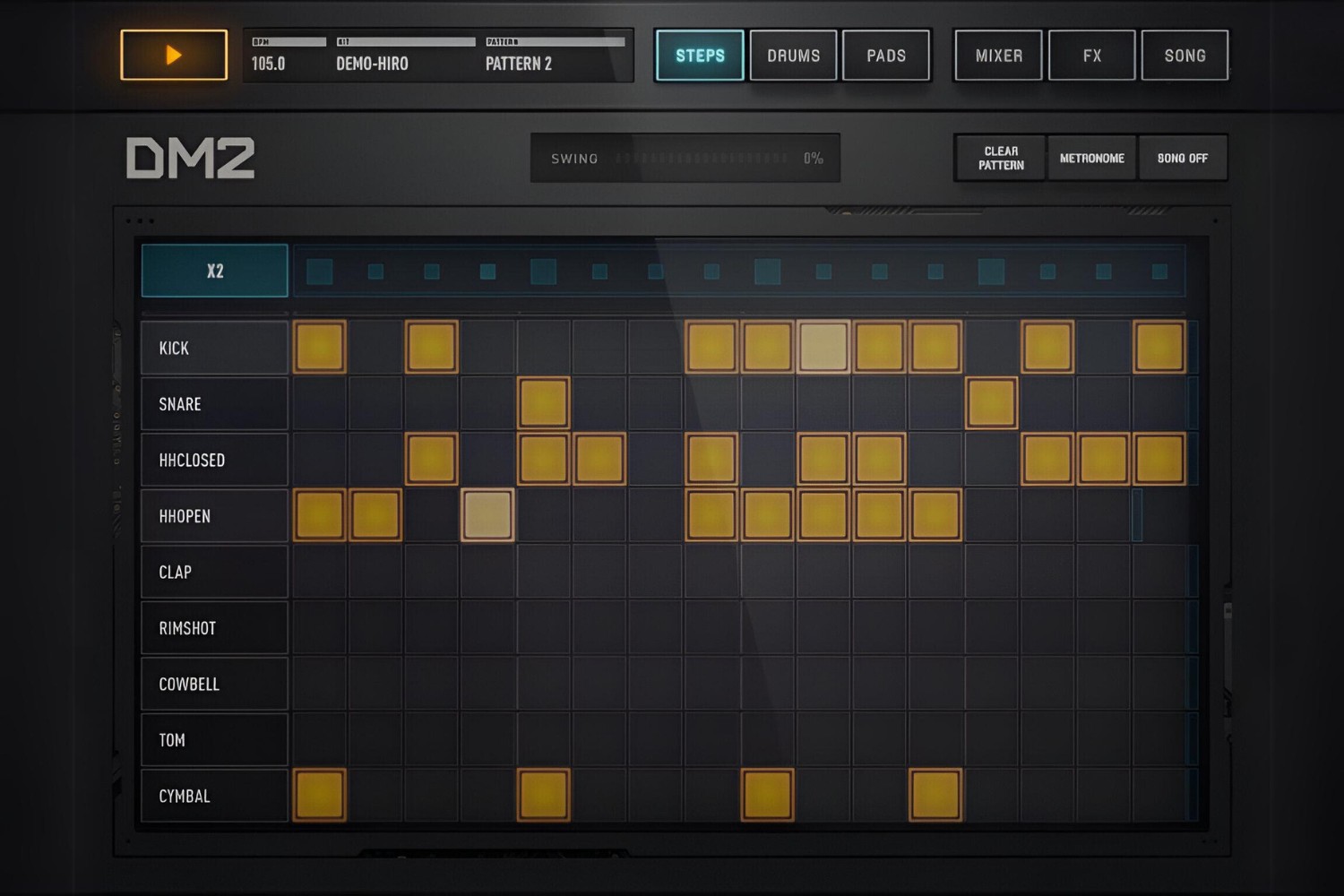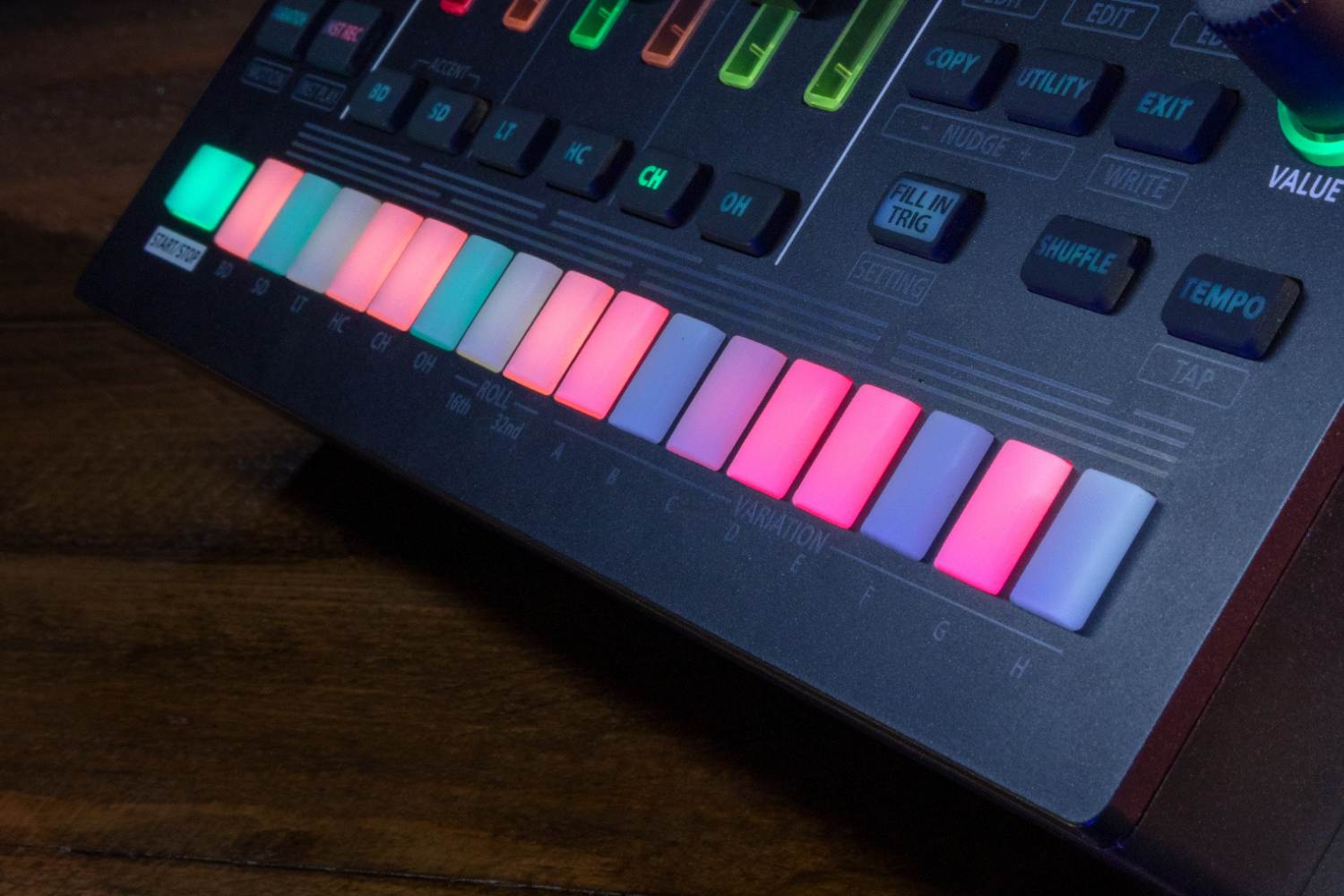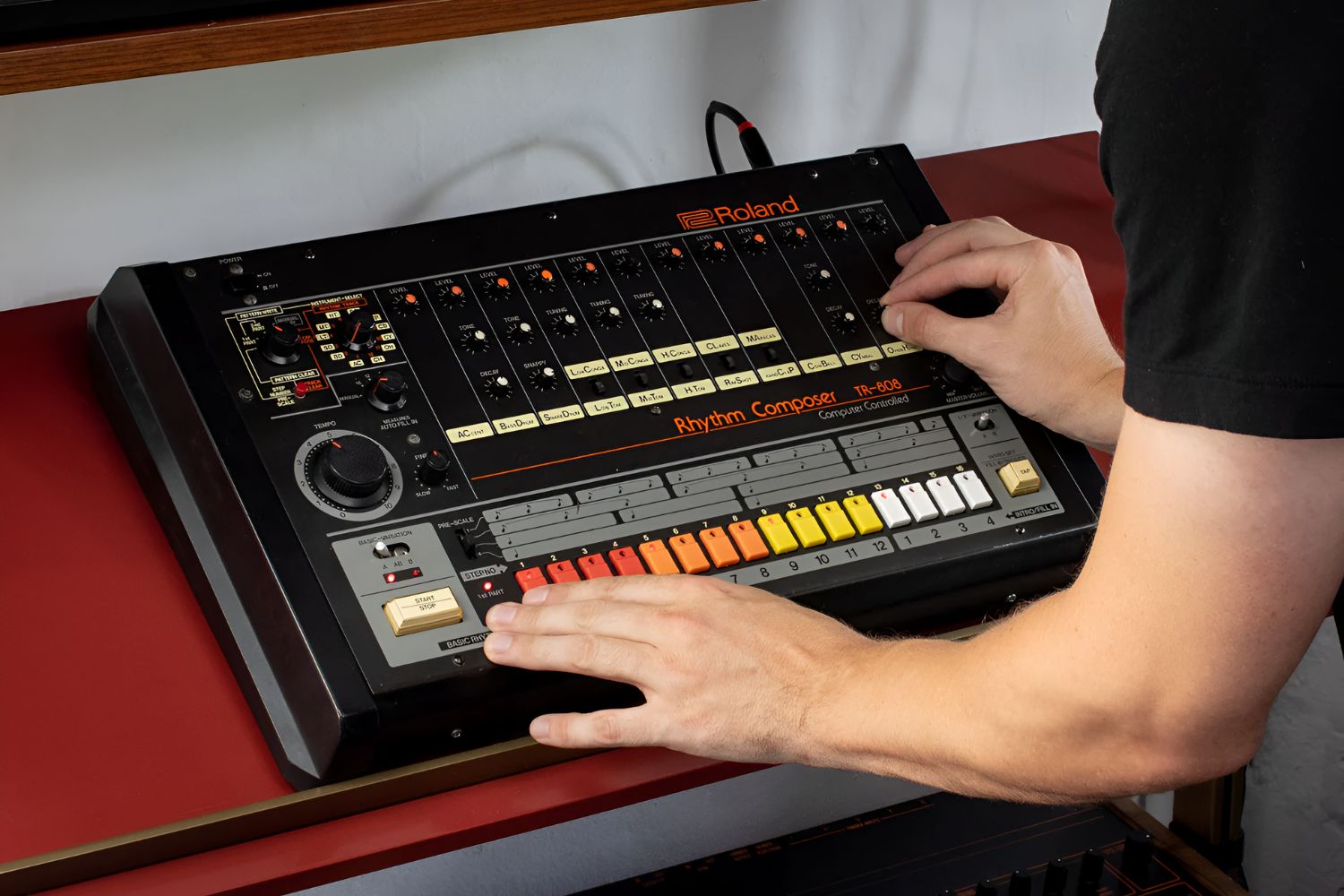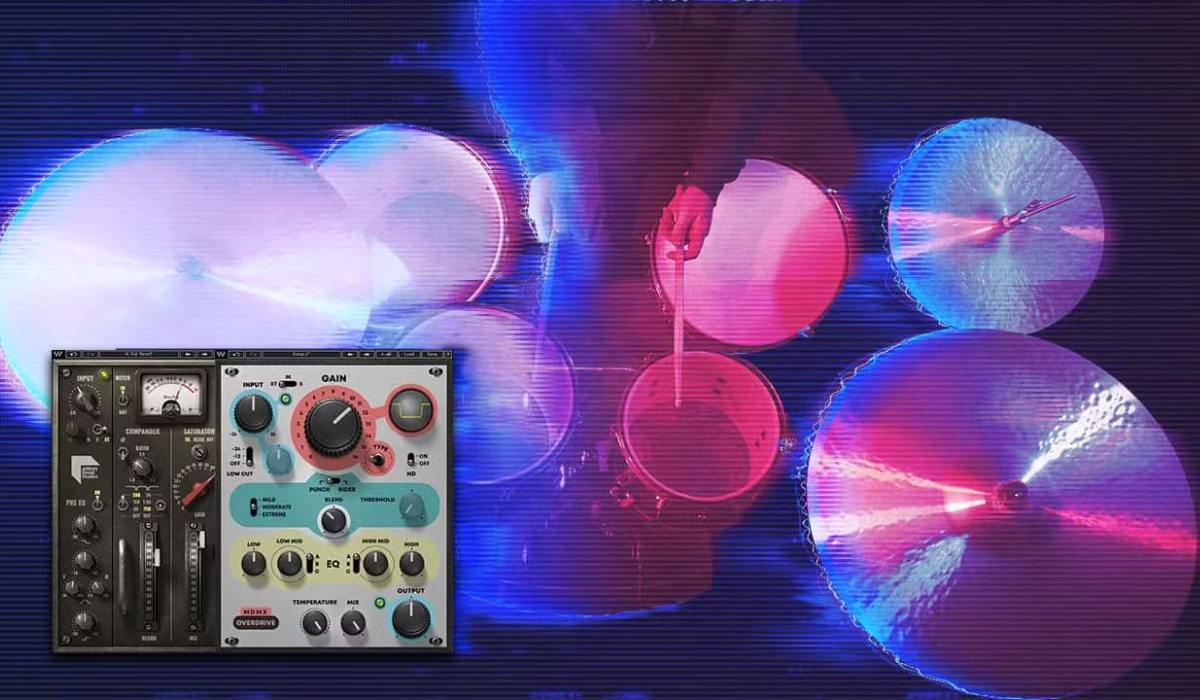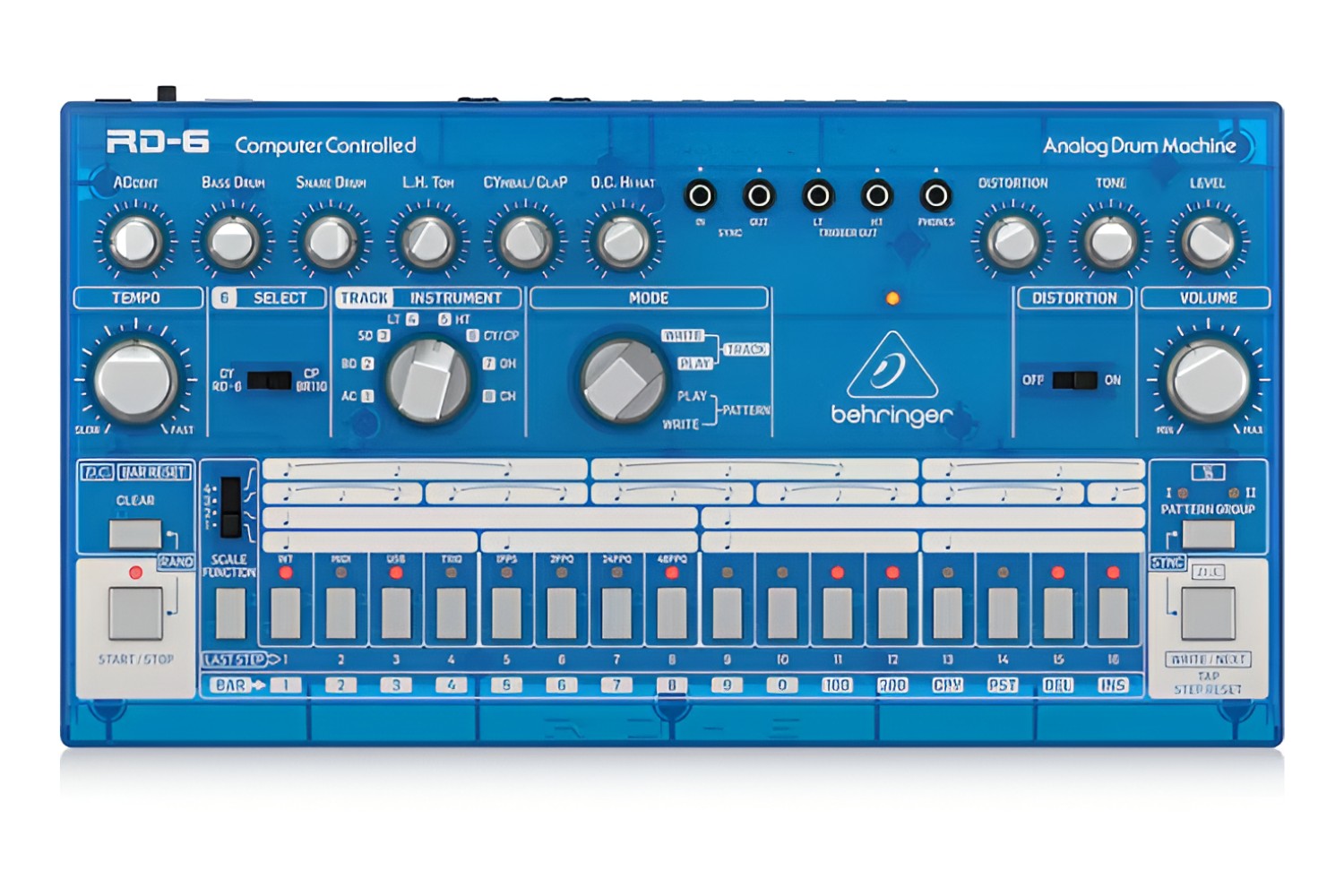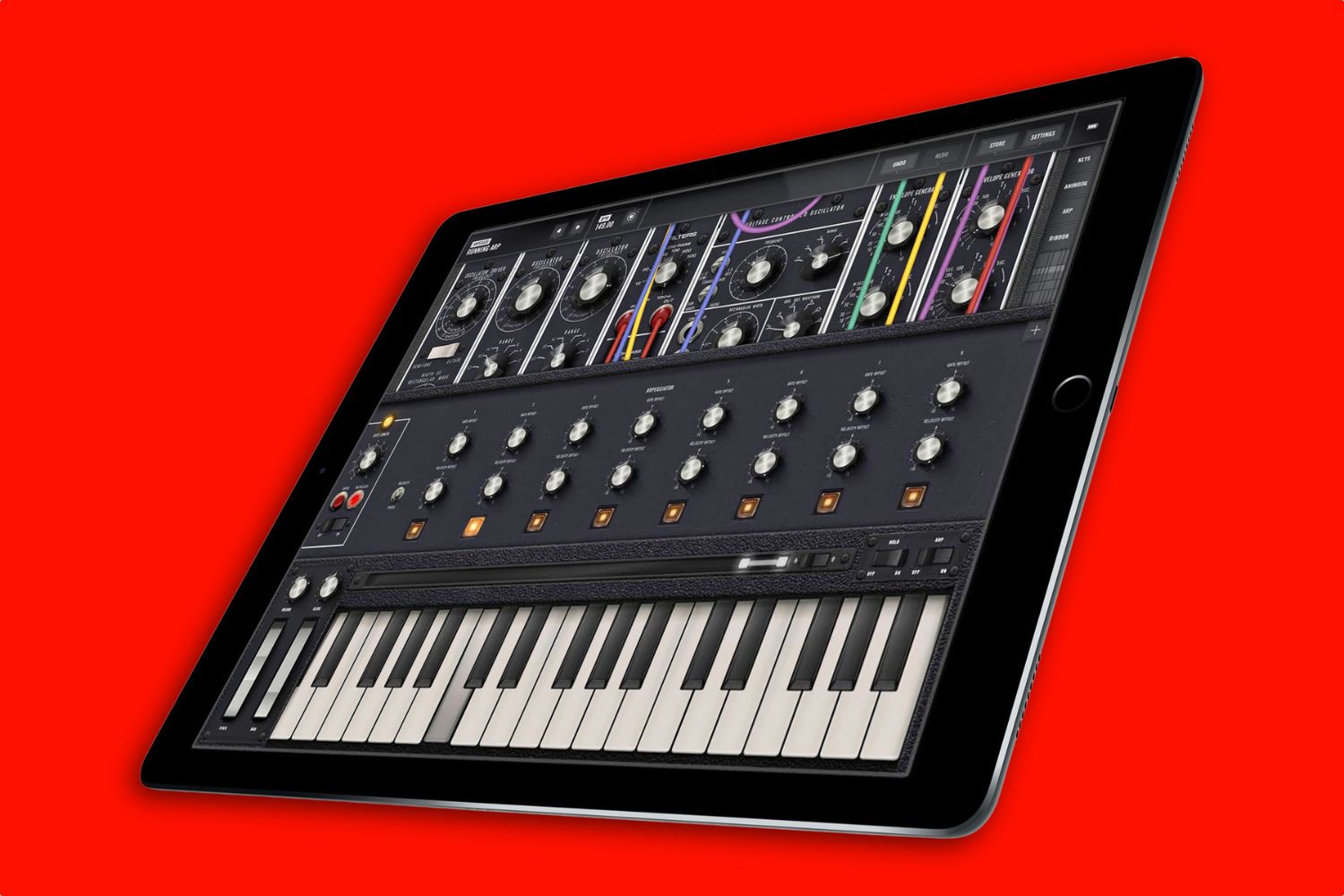Introduction
Welcome to the world of drum machines, where the beats come alive at the touch of a button. Whether you're a seasoned musician or just starting your musical journey, understanding the nuances of drum machine programming can significantly impact the quality of your productions. One of the fundamental aspects of drum machine programming is the placement of drums and snares. In this guide, we'll delve into the art of placing drums and snares on a drum machine to create captivating rhythms and grooves.
Drum machines have been pivotal in shaping the sound of modern music, from electronic and hip-hop to pop and rock. These versatile instruments allow musicians to program intricate drum patterns, experiment with different sounds, and unleash their creativity without the need for a physical drum kit. However, mastering the art of drum machine programming requires a keen understanding of rhythm, timing, and the unique characteristics of each drum sound.
As we embark on this exploration, we'll uncover the essential principles of drum machine programming, the significance of drums and snares in shaping a track's vibe, and practical tips for achieving optimal placement. Whether you're aiming to craft infectious dance beats, hard-hitting hip-hop grooves, or dynamic pop rhythms, the placement of drums and snares plays a pivotal role in defining the overall feel and energy of a track.
Join us as we unravel the mysteries of drum machine programming, and discover the art of placing drums and snares to elevate your musical productions to new heights. Let's dive into the heart of the rhythm and unleash the power of the drum machine.
Understanding the Drum Machine
Before delving into the intricacies of placing drums and snares, it’s crucial to grasp the fundamental workings of a drum machine. At its core, a drum machine is an electronic musical instrument designed to produce percussive sounds, including kicks, snares, hi-hats, and various other drum and percussion elements. These instruments have evolved significantly since their inception, offering a wide array of features and sound capabilities.
Drum machines typically feature a grid-based interface, where users can input and arrange drum sounds in a sequenced pattern. This grid, often displayed as a series of steps or boxes, represents the timeline of a musical composition, allowing users to program specific drum sounds to trigger at precise moments within the sequence. Additionally, modern drum machines often incorporate a diverse range of drum kits and sound samples, enabling musicians to experiment with various sonic textures and timbres.
Understanding the nuances of drum machine programming involves familiarizing oneself with concepts such as tempo, time signature, and quantization. The tempo dictates the speed of the music, measured in beats per minute (BPM), while the time signature defines the rhythmic structure of the composition, indicating the number of beats within each bar. Quantization refers to the process of aligning recorded or programmed notes to a specific grid, ensuring that they adhere to the desired rhythmic precision.
Furthermore, drum machines often offer parameter controls for adjusting the tone, pitch, decay, and other sonic characteristics of individual drum sounds. These controls empower musicians to sculpt and tailor each drum sound to suit the sonic palette of their compositions, adding depth and personality to the rhythmic elements.
As we navigate the realm of drum machine programming, understanding the intricate features and capabilities of these instruments will lay a solid foundation for crafting compelling drum patterns. With this knowledge in hand, we can now venture into the art of placing drums and snares to infuse our compositions with infectious rhythms and captivating grooves.
Placing Drums and Snares
When it comes to crafting compelling rhythms on a drum machine, the placement of drums and snares holds immense significance in defining the groove and feel of a track. Each drum sound, whether it’s a kick, snare, hi-hat, or percussion element, contributes to the overall rhythmic tapestry of a composition. Understanding how to strategically position these sounds within a sequence is pivotal in creating dynamic and engaging drum patterns.
One of the fundamental aspects of placing drums and snares on a drum machine involves understanding the concept of groove and swing. Groove refers to the rhythmic feel and flow of a pattern, while swing introduces subtle rhythmic variations by delaying or advancing certain notes within the sequence. Experimenting with different levels of swing can inject a sense of human-like groove into the drum patterns, adding a natural and organic feel to the music.
Furthermore, the placement of the kick drum, often referred to as the heartbeat of a track, sets the foundation for the rhythmic structure. By strategically positioning the kick drum on the downbeats, typically on the first and third beats in a 4/4 time signature, musicians can establish a solid rhythmic framework that drives the momentum of the music.
When it comes to snares, their placement can significantly impact the overall energy and accentuation within a drum pattern. Placing snares on the backbeats, typically on the second and fourth beats in a 4/4 time signature, creates a sense of anticipation and forward motion, propelling the rhythm and inviting listeners to move and groove to the music.
Additionally, incorporating ghost notes, which are subtle and quieter drum hits, can add intricacy and depth to the drum patterns. These ghost notes, often placed between the primary beats, contribute to the intricacy of the groove, infusing the rhythm with subtle nuances and dynamics.
As we navigate the art of placing drums and snares on a drum machine, it’s essential to embrace experimentation and creativity. By exploring different rhythmic placements, incorporating variations in velocity and articulation, and leveraging the sonic characteristics of each drum sound, musicians can breathe life into their compositions and craft rhythms that resonate with listeners on a profound level.
Tips for Placement
Mastering the art of placing drums and snares on a drum machine requires a blend of technical understanding and creative intuition. Here are some valuable tips to enhance your drum pattern placement and elevate the rhythmic impact of your compositions:
- Experiment with Swing and Groove: Adjust the swing settings on your drum machine to introduce subtle rhythmic variations, infusing your patterns with a human-like feel and infectious groove.
- Focus on Kick Drum Placement: Emphasize the placement of the kick drum on the downbeats to establish a solid rhythmic foundation, driving the momentum of your music and providing a sense of stability.
- Harness the Power of Backbeat Snares: Strategically position snares on the backbeats to create anticipation and forward motion within your drum patterns, inviting listeners to engage with the rhythmic energy of the music.
- Utilize Ghost Notes for Intricacy: Incorporate ghost notes to add depth and intricacy to your drum patterns, introducing subtle nuances and dynamics that enhance the overall groove of the composition.
- Explore Velocity and Articulation: Experiment with varying the velocity and articulation of drum hits to introduce expressive dynamics and tonal variations, breathing life into your rhythms and enhancing their emotive impact.
- Consider Timbral Contrast: Utilize a diverse range of drum sounds and timbres to create contrast within your patterns, allowing different drum elements to complement and interact with each other, enriching the sonic texture of the composition.
- Immerse Yourself in Listening: Actively listen to a wide array of music genres and styles to study the diverse approaches to drum pattern placement, drawing inspiration from different musical contexts and incorporating innovative ideas into your own compositions.
- Embrace Iterative Exploration: Approach drum pattern placement as an iterative process, allowing yourself the freedom to experiment, refine, and evolve your rhythmic ideas over time, nurturing a continual growth in your creative expression.
By incorporating these tips into your drum machine programming journey, you’ll expand your rhythmic palette, refine your placement techniques, and unlock the potential to craft captivating and dynamic drum patterns that resonate with your audience on a profound level.
Conclusion
As we conclude our exploration of drum machine programming and the art of placing drums and snares, it’s evident that rhythmic placement serves as the heartbeat of musical expression. The intricate interplay between kick drums, snares, hi-hats, and percussion elements shapes the rhythmic landscape of a composition, infusing it with energy, emotion, and movement.
By understanding the foundational principles of drum machine programming, including the nuances of tempo, time signature, and quantization, musicians can navigate the rhythmic terrain with precision and creativity. The ability to harness the expressive potential of swing, groove, and dynamic articulation empowers artists to breathe life into their drum patterns, imbuing them with a sense of human-like feel and organic motion.
Furthermore, the strategic placement of drums and snares on a drum machine transcends mere technicality; it embodies an artistic endeavor that invites experimentation, innovation, and sonic storytelling. Each drum hit becomes a brushstroke in the canvas of sound, contributing to the sonic narrative and emotional resonance of the music.
As you embark on your own musical journey, whether as a seasoned producer or an aspiring enthusiast, remember that the art of drum pattern placement is a continual evolution. Embrace the iterative process of exploration, draw inspiration from diverse musical influences, and allow your creativity to flourish as you sculpt rhythms that captivate and inspire.
Ultimately, the placement of drums and snares on a drum machine transcends technical precision; it embodies the essence of musical expression, inviting listeners to embark on a rhythmic journey that resonates with the depths of their being. With each beat, each snare, and each rhythmic gesture, we weave a tapestry of emotion and movement, inviting the world to dance to the rhythm of our creative spirit.







